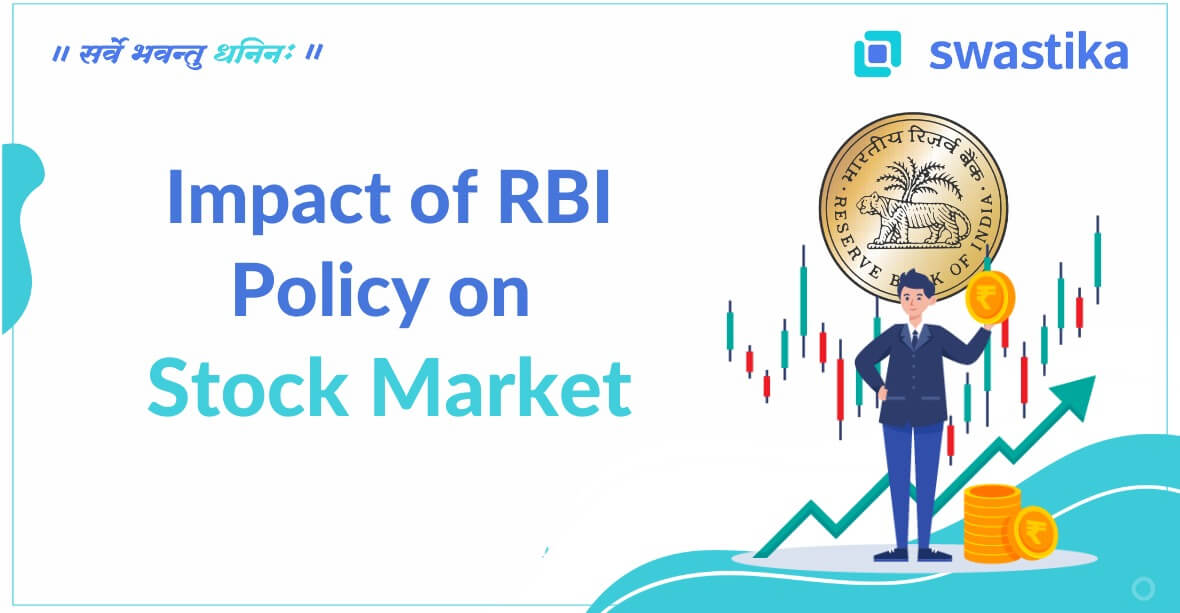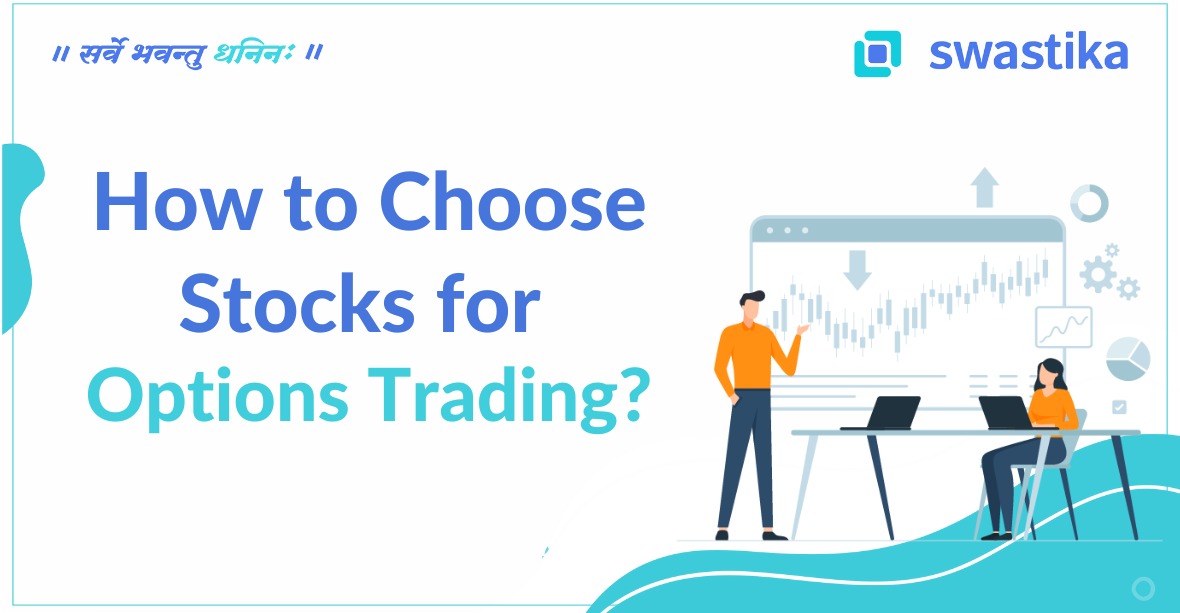Investing in the stock market is a great way to grow your wealth over time, but it can be intimidating to many people who don't have experience with it. Fortunately, there's a type of investment that is specifically designed for beginners: the Equity Linked Savings Scheme (ELSS). In this blog post, we'll take a closer look at what ELSS is and the benefits of investing in it.
What is ELSS?
ELSS is a type of mutual fund that invests primarily in stocks. It is designed to help individuals save on their taxes while also earning a return on their investment. The primary feature of an ELSS fund is that it offers tax benefits for the FY 2022-23 under section 80C of the Indian Income Tax Act, which allows you to claim a tax deduction of up to Rs. 1.5 lakh on your taxable income.
ELSS funds come with a lock-in period of three years, which means that you can't withdraw your money before that time period. However, this is actually a good thing for investors because it encourages them to hold onto their investments for the long term, which can help them earn higher returns.
Features of ELSS Fund
Diversified Portfolio - ELSS funds invest in a diversified portfolio of stocks across different sectors, which helps to reduce the risk associated with investing in equities.
Lock-in Period - ELSS has a mandatory lock-in period of 3 years, which means that investors cannot redeem or sell their investment before the completion of the lock-in period.
Tax Benefits - ELSS offers tax benefits for the FY 2022-23 under Section 80C of the Income Tax Act, which allows investors to claim a deduction of up to Rs. 1.5 lakh in a financial year. This deduction is available to all individual taxpayers, including salaried individuals, self-employed individuals, and Hindu Undivided Families (HUFs).
Growth Potential - ELSS funds have the potential to provide higher returns than other tax-saving investments such as PPF, NSC, and FDs, as they invest in equities (depending on market conditions), which have the potential to generate higher returns over the long term.
Why should you invest in ELSS Fund?
Tax Benefits - ELSS offers tax benefits for the FY 2022-23 under Section 80C of the Income Tax Act, which allows investors to save taxes up to Rs. 46,800 in a financial year.
High Returns - ELSS has the potential to provide higher returns than other tax-saving investments such as PPF, NSC, and FDs, as they invest in equities, which have the potential to generate higher returns over the long term.
Diversification - ELSS invests in a diversified portfolio of stocks across different sectors, which helps to reduce the risk associated with investing in equities.
Easy to Invest - ELSS can be invested through SIPs (Systematic Investment Plan), which makes it easy for investors to invest small amounts of money regularly.
Advantages of ELSS Fund
Tax Benefits - ELSS offers tax benefits under Section 80C of the Income Tax Act, which allows investors to save taxes up to Rs. 46,800 in a financial year.
High Returns - ELSS has the potential to provide higher returns than other tax-saving investments such as PPF, NSC, and FDs, as they invest in equities, which have the potential to generate higher returns over the long term.
Diversification - ELSS invests in a diversified portfolio of stocks across different sectors, which helps to reduce the risk associated with investing in equities.
Lock-in Period - ELSS comes with a mandatory lock-in period of 3 years, which helps investors to stay invested for the long term and benefit from the power of compounding.
Disadvantages of ELSS Fund
Market Risk - ELSS invests in equities, which are subject to market risk. This means that the returns on ELSS can be volatile and unpredictable, and investors may experience losses in the short term.
Lock-in Period - ELSS comes with a mandatory lock-in period of 3 years, which means that investors cannot redeem or sell their investment before the completion of the lock-in period. This can be a disadvantage for investors who may need liquidity in the short term.
Performance - The performance of ELSS depends on the performance of the underlying stocks in the portfolio. If the stocks do not perform well, the returns on ELSS may be lower than expected.
Fees and Charges - ELSS comes with various fees and charges such as fund management charges, exit load charges, and expense ratio charges, which can reduce the overall returns on the investment.
Factors to consider before Investing in ELSS Fund
Investment Objective - Before investing in ELSS, investors should identify their investment objective and risk appetite. ELSS is a high-risk investment option and is suitable for investors who can bear the volatility and risk associated with investing in equities.
Lock-in Period - Investors should consider the lock-in period of ELSS before investing. If investors may need liquidity in the short term, ELSS may not be the best investment option for them.
Past Performance - Investors should consider the past performance of the ELSS before investing. However, past performance does not guarantee future returns, and investors should not solely rely on past performance while making investment decisions.
Fund Manager - The fund manager plays an important role in the performance of the ELSS. Investors should research and evaluate the fund manager's track record and investment strategy before investing in ELSS.
Fees and Charges - Investors should consider the fees and charges associated with ELSS before investing. High fees and charges can significantly reduce the overall returns on the investment.
Asset Allocation - Investors should consider their overall asset allocation before investing in ELSS. ELSS is an equity investment option, and investors should ensure that their overall asset allocation is balanced and diversified across different asset classes.
Conclusion
ELSS is a popular investment option for those seeking tax-saving benefits along with growth opportunities. While ELSS comes with several advantages such as tax benefits, high returns, and diversification, investors should also consider the disadvantages and factors before investing in ELSS. By considering these factors, investors can make informed investment decisions and achieve their investment objectives.




.png)













 48, Jaora Compound, M.Y.H. Road, Indore-452001
48, Jaora Compound, M.Y.H. Road, Indore-452001
 0731 - 6644000
0731 - 6644000


